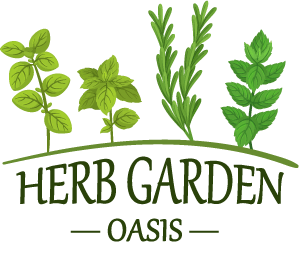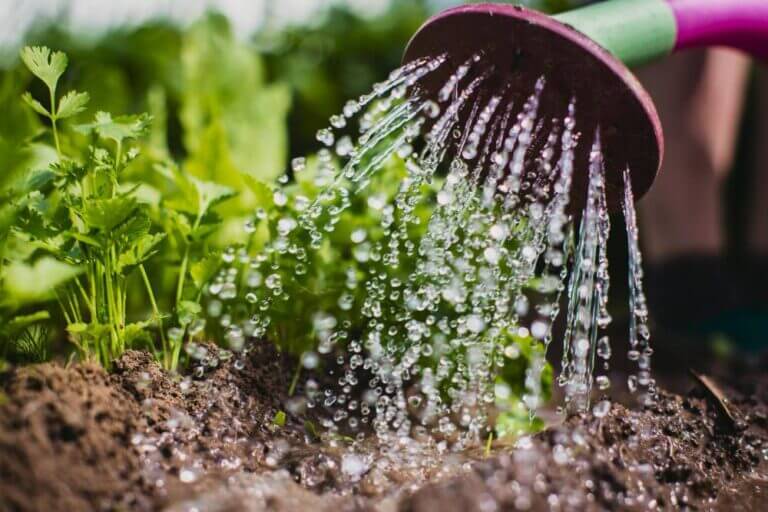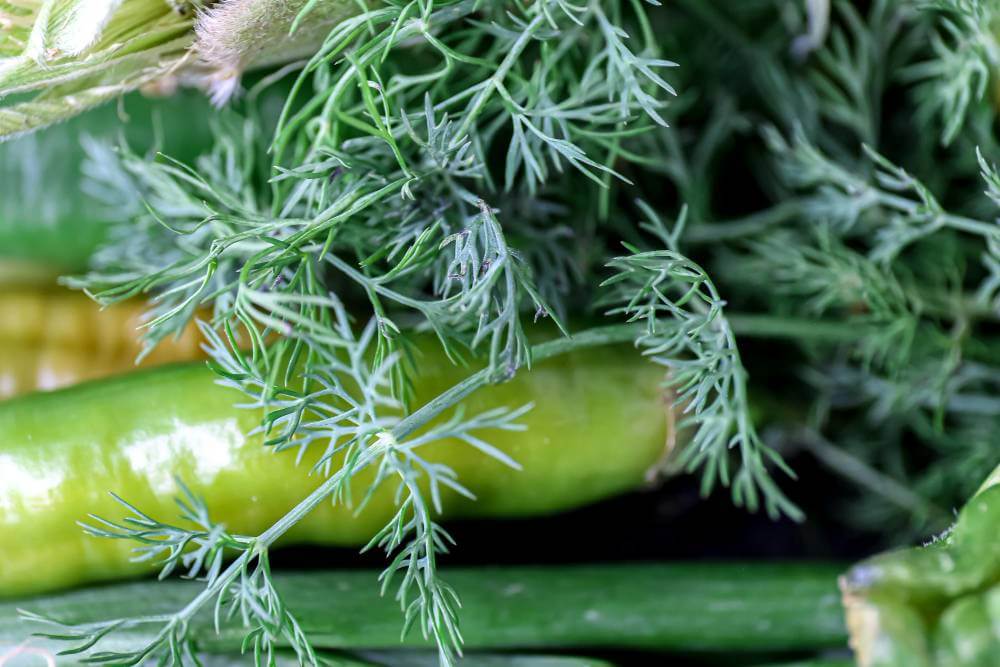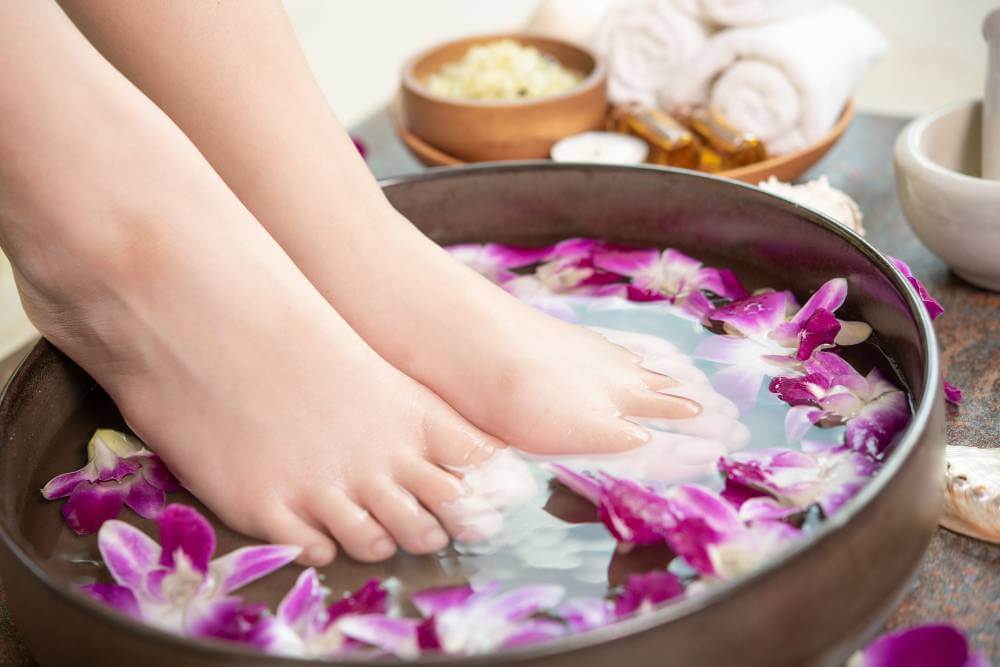Hey there! Welcome back to my herb garden blog, where we delve into all things green and leafy. Today, we’re tackling a question that’s crucial for the health and vitality of your herb garden: How often should you water your precious plants? Fear not, for I’ve got expert tips aplenty to ensure your herbs stay happy, hydrated, and thriving!
Understanding Your Herb Garden’s Thirst
First things first, let’s talk about why watering your herb garden is so important. Just like us, plants need water to survive and thrive. Water plays a vital role in transporting nutrients throughout the plant, maintaining turgidity, and facilitating photosynthesis. Without an adequate water supply, your herbs may wilt, become stressed, or even perish. So, let’s make sure we’re giving our herb garden the hydration it deserves!
When it comes to determining how often to water your herb garden, there’s no one-size-fits-all answer. Several factors come into play, including the type of herbs you’re growing, the prevailing weather conditions, and the type of soil in your garden beds. But fear not, my green-thumbed friends, for I’m here to guide you through the watering maze with ease.
Assessing Water Needs: The Herb-by-Herb Guide
Each herb has its own unique water requirements, so it’s essential to familiarize yourself with the specific needs of the herbs in your garden. Some herbs, like basil and mint, prefer consistently moist soil, while others, such as rosemary and thyme, prefer to dry out slightly between waterings. Understanding these preferences will help you tailor your watering schedule to suit each herb’s needs.
To determine whether your herbs need water, a simple soil moisture test is your best friend. Stick your finger into the soil up to the first knuckle – if it feels dry, it’s time to water. However, if it feels moist, hold off on watering until the top inch or so of soil dries out. Overwatering is just as detrimental to your herbs as underwatering, so it’s essential to strike the right balance.
Crafting the Perfect Watering Schedule: Tips and Tricks
Now that you understand your herb garden’s water needs, it’s time to craft the perfect watering schedule. The key here is consistency. Aim to water your herbs deeply and thoroughly, ensuring that the water penetrates the root zone. A slow, steady stream of water is preferable to a quick splash, as it allows the water to percolate down into the soil.
When it comes to the timing of your watering sessions, early morning is often the best bet. This allows your herbs to absorb moisture before the heat of the day sets in, reducing the risk of evaporation and fungal diseases. However, if you’re unable to water in the morning, early evening is also a suitable alternative. Just be sure to avoid watering in the heat of the day, as this can lead to water loss through evaporation.
Adapting to the Seasons: Watering During Summer and Winter
As the seasons change, so too should your watering routine. During the scorching summer months, your herbs may require more frequent watering to stay hydrated and healthy. Keep a close eye on soil moisture levels and be prepared to water more often, especially during dry spells.
Conversely, in the winter months, your herb garden’s water needs may decrease. With cooler temperatures and reduced sunlight, evaporation rates are lower, meaning your herbs may require less water. However, don’t neglect your herbs entirely – they still need moisture to survive. Adjust your watering schedule accordingly, watering less frequently but still ensuring the soil remains evenly moist.
Troubleshooting Common Watering Issues: Overwatering, Underwatering, and Everything in Between
Despite your best efforts, you may encounter some common watering issues in your herb garden. Overwatering can lead to root rot, fungal diseases, and nutrient leaching, while underwatering can cause wilting, stunted growth, and nutrient deficiencies. It’s essential to stay vigilant and address these issues promptly to prevent long-term damage to your herbs.
If you suspect overwatering, allow the soil to dry out slightly between waterings and ensure proper drainage in your garden beds. For underwatering, increase the frequency of your watering sessions and consider mulching to help retain soil moisture. Regularly monitor your herbs for signs of stress or distress, such as wilting, yellowing leaves, or unusual growth patterns, and adjust your watering routine accordingly.
Watering Container Gardens: Tips for Success
Watering herbs grown in containers requires special attention to ensure they receive adequate moisture without becoming waterlogged. One of the most critical aspects of watering container gardens is maintaining proper drainage. Without adequate drainage holes in the bottom of your containers, excess water can accumulate, leading to root rot and other problems. To prevent this, ensure your containers have sufficient drainage and use a well-draining potting mix.
Additionally, the smaller volume of soil in containers means that herbs can dry out more quickly than those grown in garden beds. Therefore, it’s essential to monitor soil moisture levels regularly and water accordingly.
Consider the environmental conditions in which your container garden is situated. If your herbs are exposed to intense sunlight or windy conditions, they may require more frequent watering to stay hydrated. Conversely, if they’re located in a shaded area or protected from the elements, they may need less water. Adjust your watering schedule accordingly to accommodate these factors and ensure your herbs receive the moisture they need to flourish.
Lastly, don’t forget to water your container garden thoroughly when you do water. Water until you see it draining freely from the bottom of the container, indicating that the soil is adequately moistened throughout. Avoid shallow watering, as this can lead to uneven moisture distribution and encourage shallow root growth. With proper watering practices, your container-grown herbs will thrive and provide you with a bountiful harvest season after season.
Monitoring Soil Moisture: Tools and Techniques
Monitoring soil moisture levels is essential for ensuring your herb garden receives the right amount of water. There are several tools and techniques you can use to gauge soil moisture accurately and adjust your watering practices accordingly. One simple method I already mentioned is the “finger test” – stick your finger into the soil up to the first knuckle and feel for moisture. If the soil feels dry, it’s time to water, but if it feels moist, hold off until it dries out further.
Another handy tool for monitoring soil moisture is a moisture meter. These inexpensive devices provide a digital readout of soil moisture levels, allowing you to pinpoint exactly when your herbs need water. Simply insert the probe into the soil and check the reading – if it indicates that the soil is dry, it’s time to water. Moisture meters are especially useful for beginners or those who have trouble gauging soil moisture by touch alone.
For a more in-depth analysis of soil moisture, consider conducting a simple soil test. Take a small sample of soil from your herb garden and squeeze it in your hand. If it forms a tight ball that holds together when you release it, the soil is likely too wet and needs to dry out before watering. If it crumbles apart easily, the soil is adequately moist and doesn’t require immediate watering.
By using these tools and techniques to monitor soil moisture levels, you can ensure your herb garden receives the right amount of water at the right time.
Summary: Keep Your Herb Garden Happy and Hydrated
And there you have it – a comprehensive guide to watering your herb garden like a pro! By understanding your herbs’ unique water needs, crafting a consistent watering schedule, and adapting to the changing seasons, you can ensure your herb garden stays happy, healthy, and hydrated year-round.
If you found this post helpful, be sure to explore more of my herb garden blog for additional tips, tricks, and inspiration. Until next time, happy gardening!







